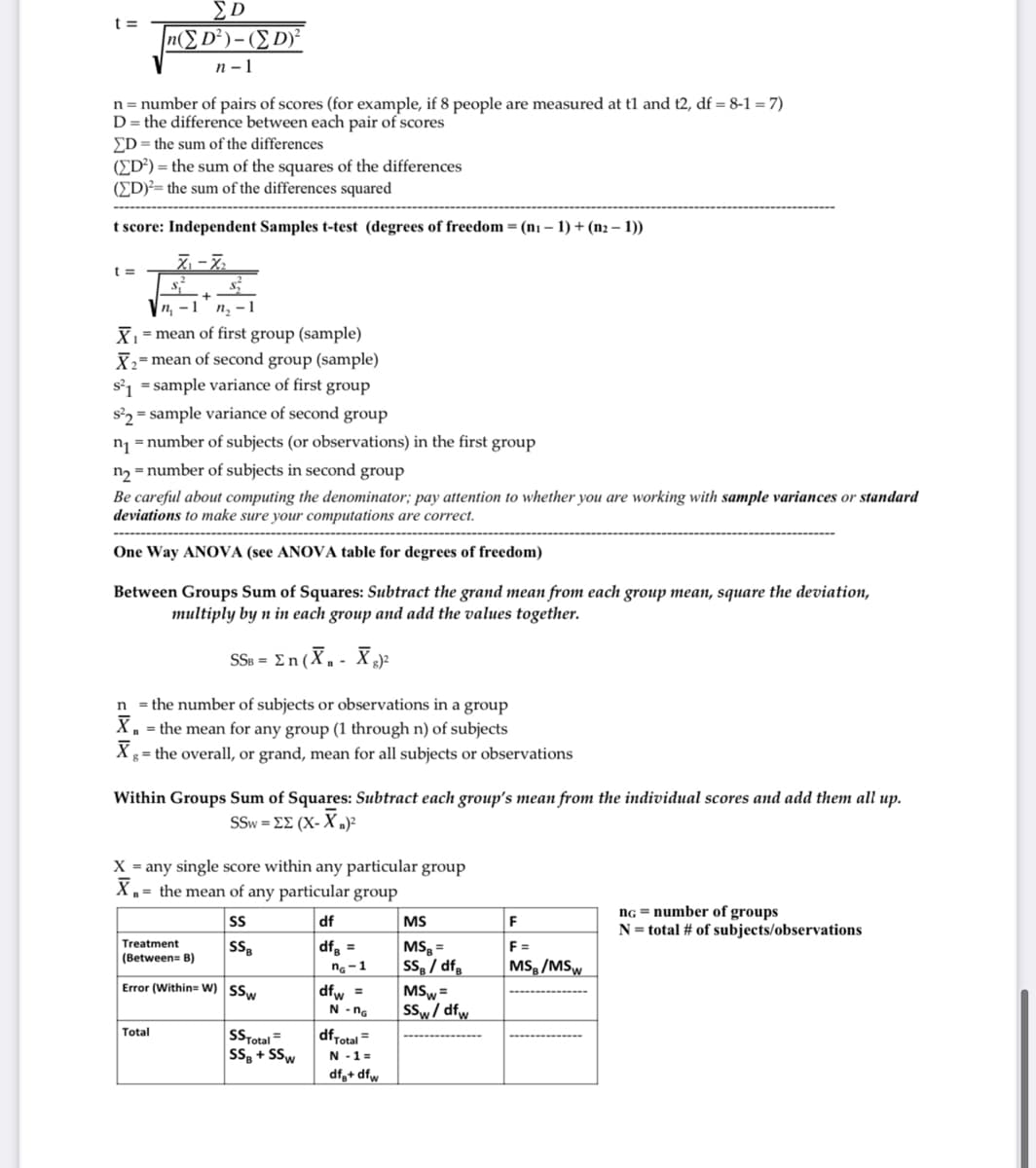3) A researcher wants to determine if exposure to subliminal (unconscious) images depicting older adults (80-95 years old) will influence the time it takes pedestrians to get across a busy intersection using a crosswalk. A random sample of sixty pedestrians are exposed to a set of subliminally presented positive images using a special electronic traffic signal before the signal prompts them to cross. From previous studies (using the same crosswalk and intersection), the experimenter knows that when no subliminal images are presented, the average time it takes the city's population to cross is 30.5 seconds, with a standard deviation = 5.5 seconds.
3) A researcher wants to determine if exposure to subliminal (unconscious) images depicting older adults (80-95 years old) will influence the time it takes pedestrians to get across a busy intersection using a crosswalk. A random sample of sixty pedestrians are exposed to a set of subliminally presented positive images using a special electronic traffic signal before the signal prompts them to cross. From previous studies (using the same crosswalk and intersection), the experimenter knows that when no subliminal images are presented, the average time it takes the city's population to cross is 30.5 seconds, with a standard deviation = 5.5 seconds.
Chapter9: Sequences, Probability And Counting Theory
Section9.7: Probability
Problem 3SE: What is an experiment?
Related questions
Question

Transcribed Image Text:3) A researcher wants to determine if exposure to subliminal (unconscious) images depicting older adults (80-95
years old) will influence the time it takes pedestrians to get across a busy intersection using a crosswalk. A
random sample of sixty pedestrians are exposed to a set of subliminally presented positive images using a
special electronic traffic signal before the signal prompts them to cross. From previous studies (using the same
crosswalk and intersection), the experimenter knows that when no subliminal images are presented, the average
time it takes the city's population to cross is 30.5 seconds, with a standard deviation = 5.5 seconds.

Transcribed Image Text:ΣD
n(E D²) – (E D)*
t =
n - 1
n= number of pairs of scores (for example, if 8 people are measured at tl and t2, df = 8-1 = 7)
D= the difference between each pair of scores
ED = the sum of the differences
(ED²) = the sum of the squares of the differences
(ED)²= the sum of the differences squared
t score: Independent Samples t-test (degrees of freedom = (n1 – 1) + (n2 – 1))
え-る
t =
n, -1
n, -1
X1= mean of first group (sample)
X2= mean of second group (sample)
s1 = sample variance of first group
s?, = sample variance of second group
n1 = number of subjects (or observations) in the first group
n, = number of subjects in second group
Be careful about computing the denominator; pay attention to whether you are working with sample variances or standard
deviations to make sure your computations are correct.
One Way ANOVA (see ANOVA table for degrees of freedom)
Between Groups Sum of Squares: Subtract the grand mean from each group mean, square the deviation,
multiply by n in each group and add the values together.
. Σn(Χ, - X.
SSB =
n = the number of subjects or observations in a group
X. = the mean for any group (1 through n) of subjects
X
g = the overall, or grand, mean for all subjects or observations
Within Groups Sum of Squares: Subtract each group's mean from the individual scores and add them all up.
SSw ΣΣ (X - X
X = any single score within any particular group
X,= the mean of any particular group
nG = number of groups
N= total # of subjects/observations
S
df
MS
F
Treatment
df =
F =
MS =
SS, / dfp
(Between= B)
MS, /MSw
ng-1
dfw =
N - nG
Error (Within= W) SSw
MSw =
SSw/ dfw
SSrotal
SSg + SSw
Total
dfr.
Total =
N -1 =
df,+ dfw
Expert Solution
This question has been solved!
Explore an expertly crafted, step-by-step solution for a thorough understanding of key concepts.
This is a popular solution!
Trending now
This is a popular solution!
Step by step
Solved in 3 steps

Recommended textbooks for you

